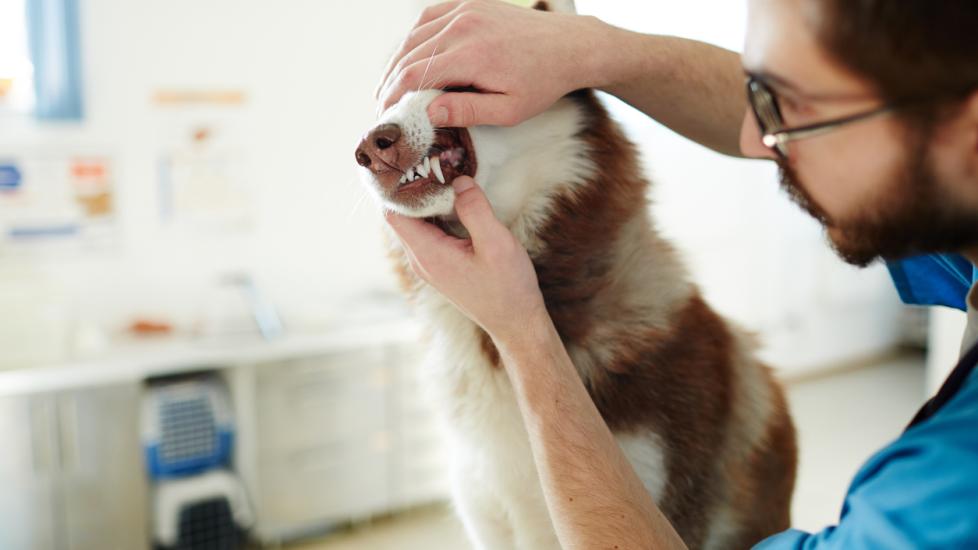In the canine world, oral masses are a common yet concerning issue that pet owners often face. These growths within a dog’s mouth can range from benign tumors to potentially malignant cancers, and early detection is crucial for successful treatment. As an experienced veterinarian specializing in small animal care, I have witnessed numerous cases of oral masses and their varied impacts on both dogs and their human companions. It is imperative to understand these lesions and how they can be managed effectively.
The most prevalent types of oral masses in dogs include squamous cell carcinoma, melanomas, fibromas, lipomas, and papillomas. Each has its own set of characteristics and potential risks, making it essential for pet parents to be aware of the signs and symptoms associated with them. Oral masses may present as lumps or swellings inside the mouth, difficulty chewing, bad breath, drooling, bleeding gums, or even facial deformities if the tumor spreads to surrounding structures. Regular dental check-ups can help identify such abnormalities before they progress and become more challenging to treat.
When encountering a possible oral mass, the first step is to consult with a qualified veterinary professional who will conduct a thorough examination, including taking a detailed history of your dog’s health and lifestyle habits. Advanced diagnostic tools like biopsies, X-rays, CT scans, or MRIs might be necessary to confirm the nature of the lesion and develop an appropriate treatment plan. Treatment options vary depending on the type and location of the mass but typically involve surgery, radiation therapy, chemotherapy, or a combination thereof. In some instances, palliative care may be recommended to manage pain and discomfort without necessarily curing the underlying condition.
Prevention plays a pivotal role in managing oral masses in dogs. Providing regular brushing of teeth and maintaining good overall hygiene reduces inflammation and bacterial overgrowth that could lead to cellular changes. A balanced diet rich in fiber and antioxidants helps support immune function and prevent certain types of cancerous growths. Additionally, avoiding exposure to known carcinogens such as tobacco smoke or excessive sunlight can significantly reduce the risk of developing oral malignancies.
It is also important to foster a strong bond between pets and their caregivers by educating owners about recognizing subtle behavioral changes that may indicate discomfort or distress due to undetected problems within their mouths. By being vigilant observers and proactive participants in our furry friends’ healthcare routines, we contribute towards creating healthier lives filled with joy and mutual affection for many years to come.
